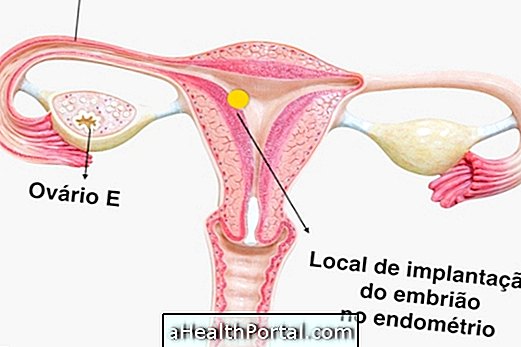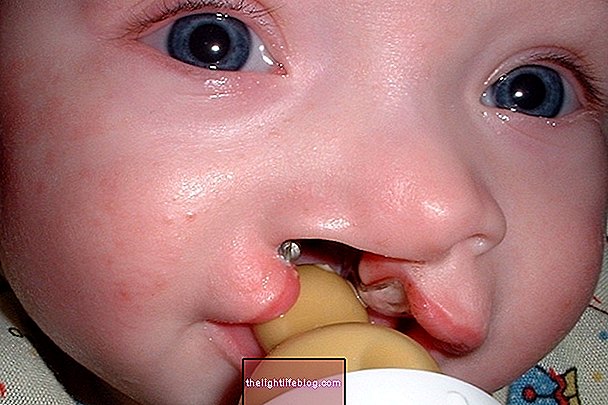Cerebral anoxia is a condition characterized by lack of oxygen in the brain, which can lead to the death of neurons and result in irreversible brain damage. Annoxia can occur due to a hemorrhage or respiratory arrest, for example, and the longer the brain goes without oxygen, the more serious the consequences.
The severity of the injury is also related to the region of the brain that has no oxygen supply. As the central nervous system hardly regenerates, the lesions may be permanent.

Symptoms of cerebral anoxia
Due to lack of oxygen in the brain, neuronal cells begin to die, which can lead to irreversible brain damage, which can lead to coma and even brain death. The longer the brain goes without oxygen, the worse the consequences. Therefore, it is important to be aware of signs indicative of cerebral anoxia:
- Increased heart rate;
- Difficulty breathing;
- Loss of consciousness;
- Dizziness;
- Mental confusion;
- Blue coloring of the lips or nails;
- Tremors;
- Unconsciousness.
Cerebral anoxia can occur soon after birth, being one of the main causes of neonatal asphyxia. Lack of oxygen in the brain can also happen in older people, especially those who are at increased risk of heart attack or stroke. Here's how to identify and treat stroke.
How is the treatment done?
The main goal of treatment for cerebral anoxia is to restore oxygen levels in the brain. In addition, several studies with embryonic stem cells have been carried out and claim that some of the consequences of cerebral anoxia can be reversed, but further studies are still needed to make embryonic stem cell therapy an alternative for this type of condition. See how stem cell treatment is done.



























